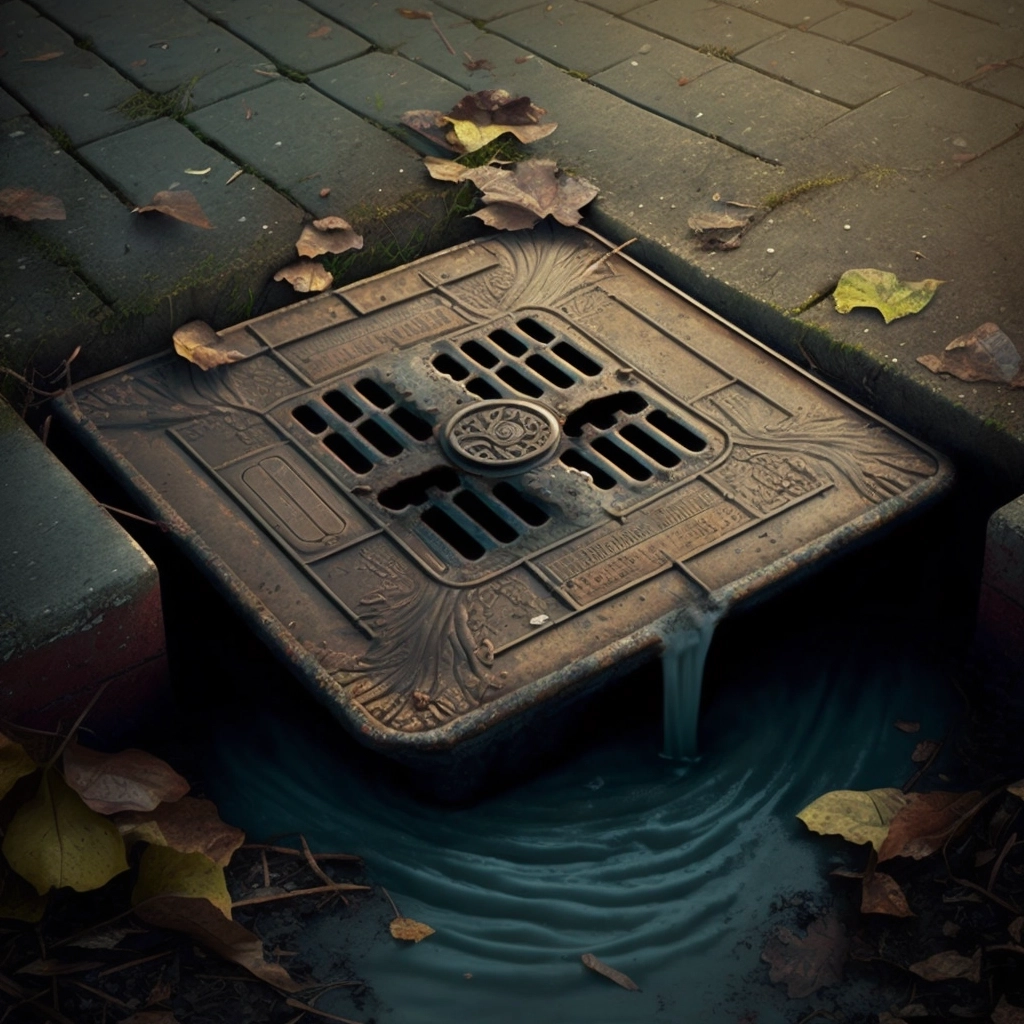Sealcoating is an essential aspect of pavement maintenance, which helps to protect it from the damaging effects of weather, traffic, and other environmental factors. However, to achieve optimal results, proper drainage is critical. In this article, we will discuss the importance of proper drainage in sealcoating and how it can impact the longevity and effectiveness of sealcoating projects.
What is Sealcoating?
Before we dive into the importance of proper drainage in sealcoating, it is essential to understand what sealcoating is. Sealcoating is the process of applying a protective layer of asphalt-based emulsion to a paved surface, such as a parking lot, driveway, or road. The sealcoat serves as a barrier between the pavement and the environment, protecting it from water, oil, UV radiation, and other damaging elements.
The Importance of Proper Drainage in Sealcoating
While sealcoating can help protect pavement from water, it is critical to ensure that the pavement has proper drainage. Without proper drainage, water can pool on the surface of the pavement, causing it to deteriorate and break down over time. This can lead to cracks, potholes, and other forms of damage, which can be costly to repair.
Proper drainage allows water to flow off the surface of the pavement and into the drainage system, preventing it from pooling and causing damage. This is especially important in areas with heavy rainfall or snowfall, where water can quickly accumulate on the surface of the pavement.
Factors That Affect Drainage
Several factors can impact the drainage of a pavement surface. These include:
Slope: The slope of the pavement surface can affect how water drains off of it. Pavement surfaces should be sloped to allow water to flow off of them and into the drainage system.
Surface condition: The condition of the pavement surface can impact how water flows off of it. Rough or uneven surfaces can impede drainage, causing water to pool in certain areas.
Drainage system: The drainage system plays a critical role in how water is drained from the pavement surface. Properly designed and maintained drainage systems can prevent water from pooling on the surface of the pavement.
The Impact of Poor Drainage
If a pavement surface does not have proper drainage, it can lead to several problems. These include:
Potholes: Water that pools on the surface of the pavement can seep into the cracks and joints, causing them to expand and break down over time. This can lead to potholes forming on the surface of the pavement.
Cracking: Water that accumulates on the pavement surface can freeze and thaw, causing the pavement to expand and contract. Over time, this can lead to cracking and deterioration of the pavement surface.
Safety hazards: Pooled water on a pavement surface can create safety hazards, especially in areas with heavy traffic. Standing water can cause vehicles to hydroplane or lose traction, increasing the risk of accidents.
Proper Drainage Techniques
To ensure proper drainage of a pavement surface, several techniques can be used. These include:
Pavement slope: Pavement surfaces should be sloped to allow water to flow off of them and into the drainage system. The slope should be at least 1-2% to ensure proper drainage.
Drainage system design: The drainage system should be designed to accommodate the volume of water that will flow off of the pavement surface. This includes the use of catch basins, culverts, and other drainage structures.
Maintenance: Proper maintenance of the drainage system is critical to ensure it remains in good working order. This includes regular cleaning and inspection to prevent blockages and damage.
Remember that Driveway Wizards is the best option for Seal Coating https://www.drivewaywizards.com/



